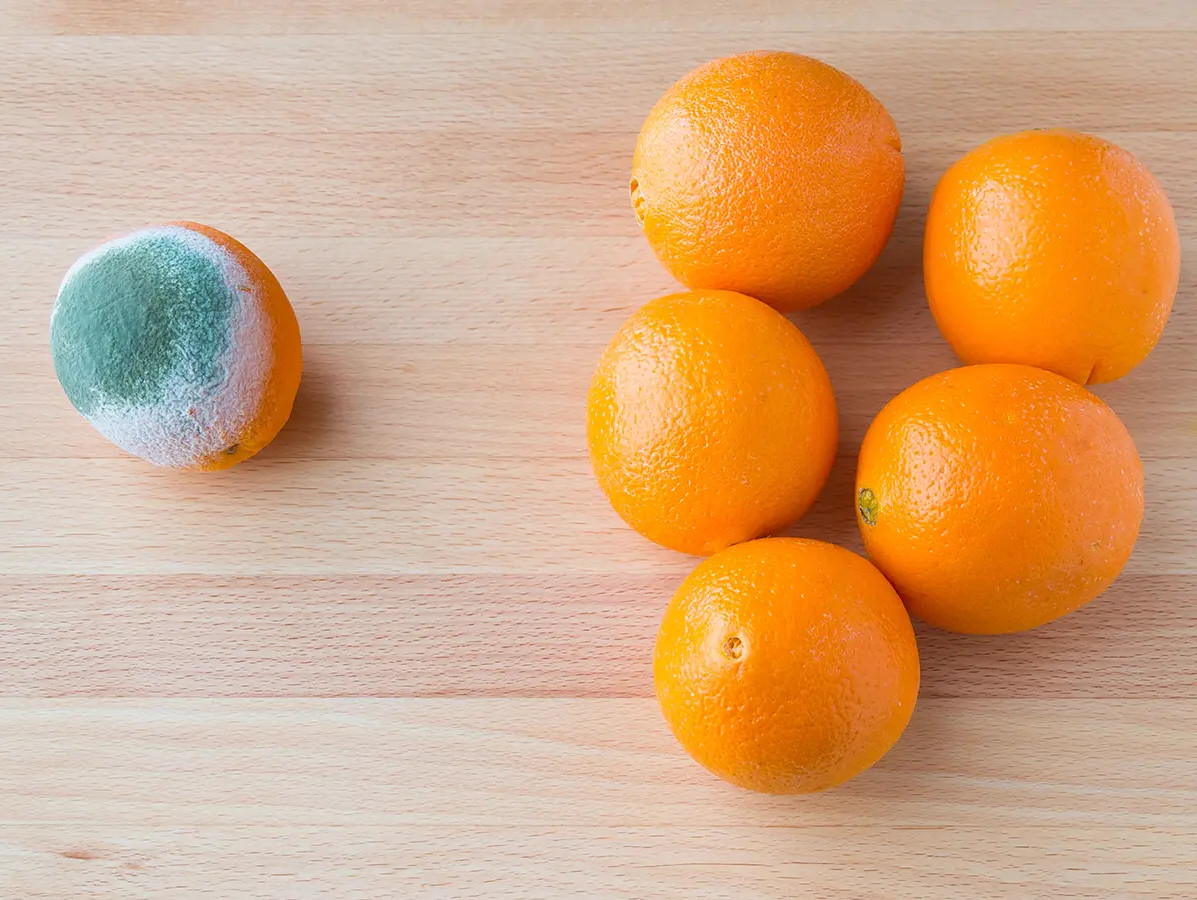
A new development in the world of sensors, the Ant-nose, offers exciting possibilities for the food industry. This electronic nose operates using a single antenna and relies on graphene oxide to detect volatile organic compounds (VOCs). While traditional systems require multiple sensors, the Ant-nose achieves the same results with just one, significantly reducing complexity and energy consumption.
The Ant-nose is specifically designed to recognize different VOCs, even when they closely resemble each other. This is crucial in the food industry, where detecting spoilage or quality loss is often a race against time. Whether it's monitoring the freshness of fruit, meat, or other food products, the Ant-nose provides a reliable solution. The device can differentiate between six types of VOCs with an impressive accuracy of 96.7%, allowing companies to quickly and efficiently prevent food waste by identifying spoiled products in time.
In addition to lab testing, the Ant-nose has already been tested in real-world situations. For example, it can measure whether fruit has been damaged during transport by detecting the odors released from mechanical damage. In the meat industry, the device helps to quickly identify spoilage, ensuring that product quality is better maintained. This makes the Ant-nose a valuable tool for companies that prioritize food quality.
The Ant-nose was developed by researchers from the Norwegian University of Science and Technology (NTNU) in Norway, led by Yu Dang. Yenugu Veera Manohara Reddy from Sri Venkateswara College in New Delhi, India, also contributed to the project. This research demonstrates the power of international collaboration in developing innovative technologies that can benefit the food industry.
Source: Science direct